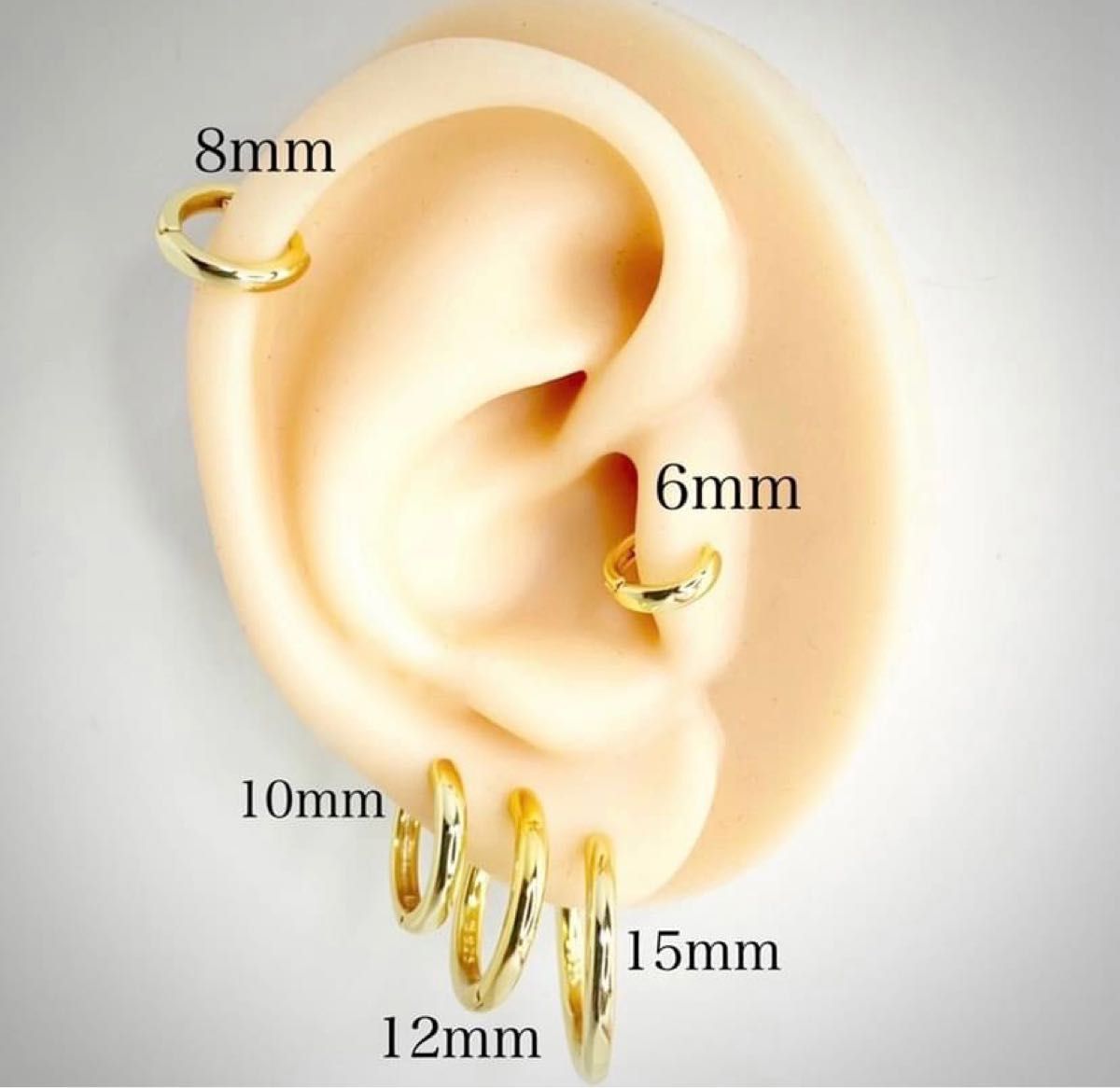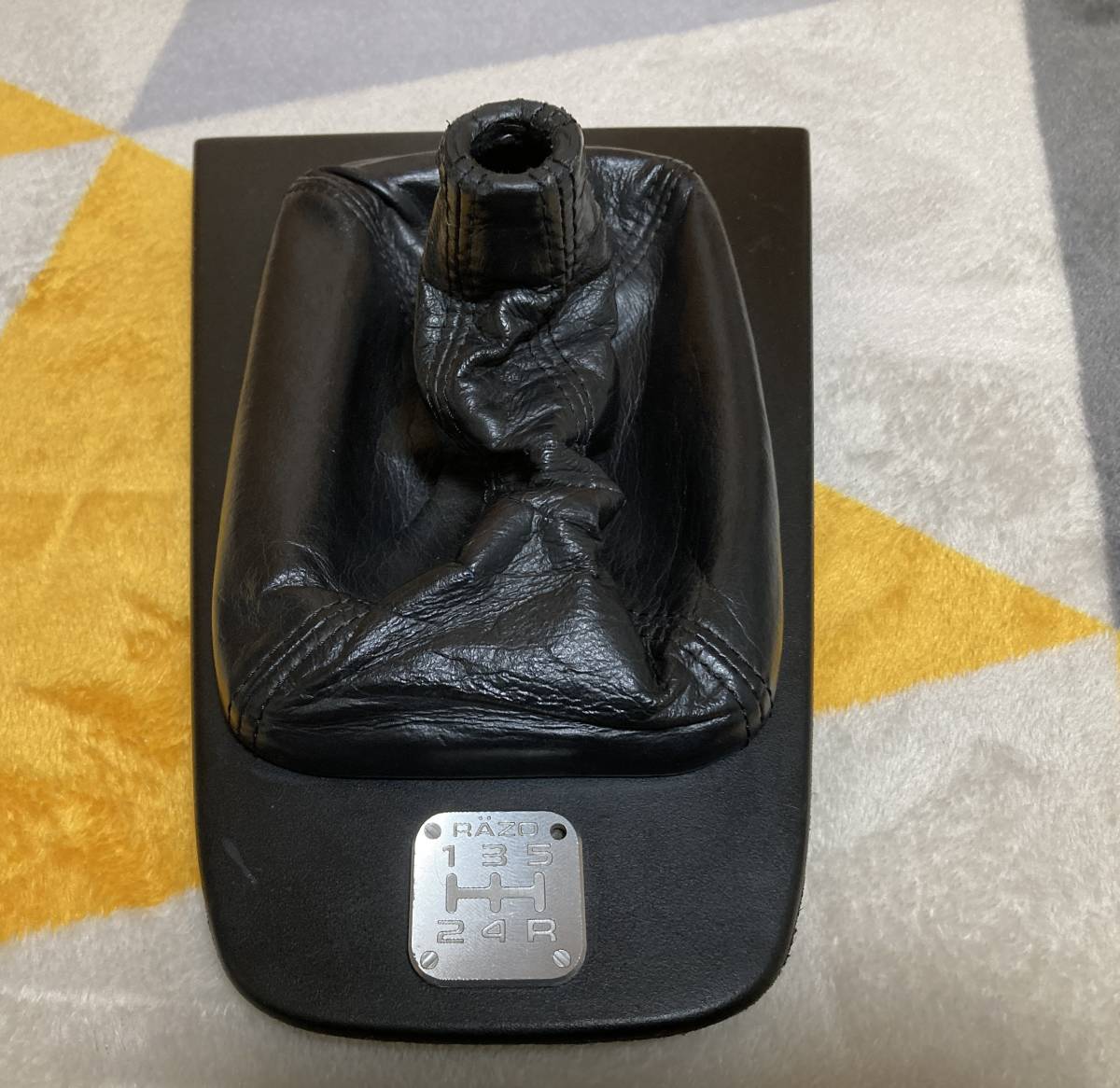
 Key to Proceratium workers of the worldĬentral and Southern Europe from South Spain to Russia, Turkey, and Israel. Differing from its ingroup species, Proceratium confinium, in the worker, mainly by the frontal carinae separate instead of very close to each other, by the antennal scapes shorter and by the fore basitarsi longer than the mid basitarsi instead of subequal and from its outgroup, Proceratium morisitai, in the worker and gyne, by the head rugosopunctate instead of granulate and by the second tarsomere of hind leg about 1/5 longcr than the pretarsus instead of about as long as the pretarsus, and, in the male, by the IGR = 0.62 instead of IGR 0.68. 7 References based on Global Ant Biodiversity InformaticsĪ member of the pergandei clade.
Key to Proceratium workers of the worldĬentral and Southern Europe from South Spain to Russia, Turkey, and Israel. Differing from its ingroup species, Proceratium confinium, in the worker, mainly by the frontal carinae separate instead of very close to each other, by the antennal scapes shorter and by the fore basitarsi longer than the mid basitarsi instead of subequal and from its outgroup, Proceratium morisitai, in the worker and gyne, by the head rugosopunctate instead of granulate and by the second tarsomere of hind leg about 1/5 longcr than the pretarsus instead of about as long as the pretarsus, and, in the male, by the IGR = 0.62 instead of IGR 0.68. 7 References based on Global Ant Biodiversity InformaticsĪ member of the pergandei clade. 
2.4 Distribution based on AntWeb specimens.2.2 Distribution based on Regional Taxon Lists.

Poldi (1963, cited in Hölldobler and Wilson, 1990) described how the queen plugs the nest entrance with her rounded and unmodified first gastral segments, a behaviour seen in phragmotic species. Carebara oertzeni was also found in this same sample. In Albania (Purkart et al., 2019) it was found near a canyon of the river Lengaricës, where rocky slopes are covered with small areas of forest-steppe, from a sample of rotten wood, leaf litter and soil taken from a decaying tree, and the collected material was then heat extracted from the sample using Tullgren funnels. Sysphincta europaea rossica Arnol'di, 1930Ī wide ranging Palaearctic species.







 0 kommentar(er)
0 kommentar(er)
